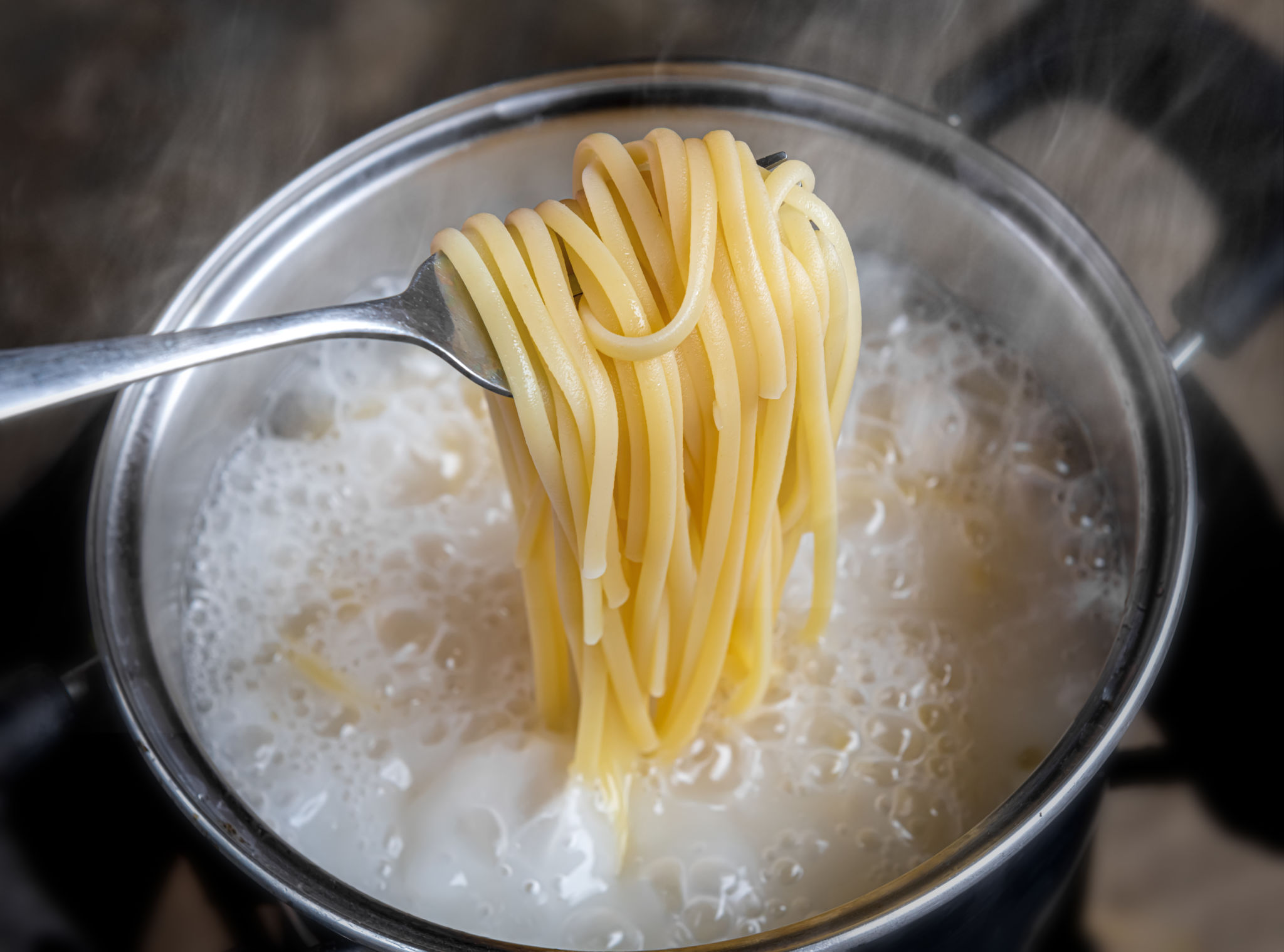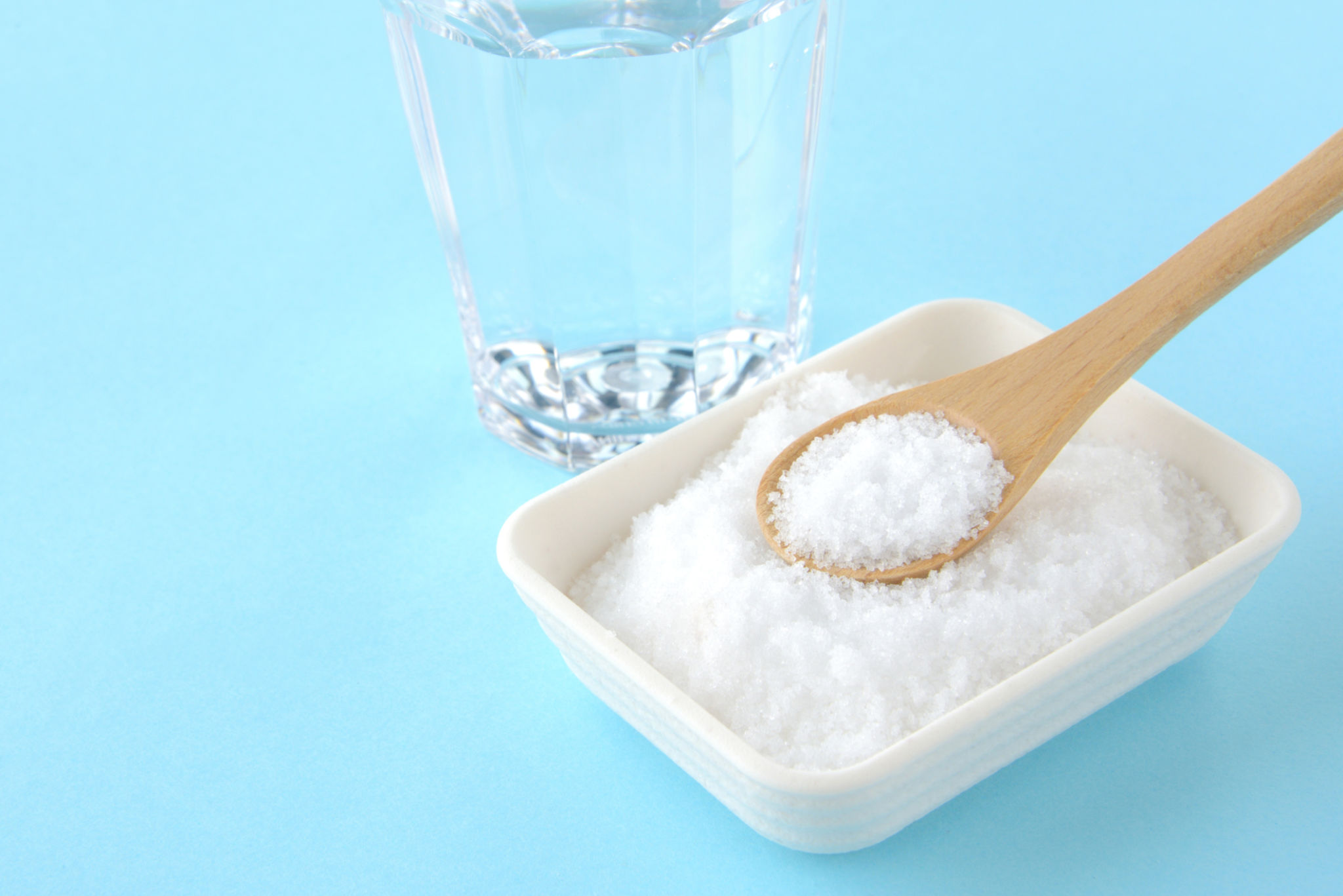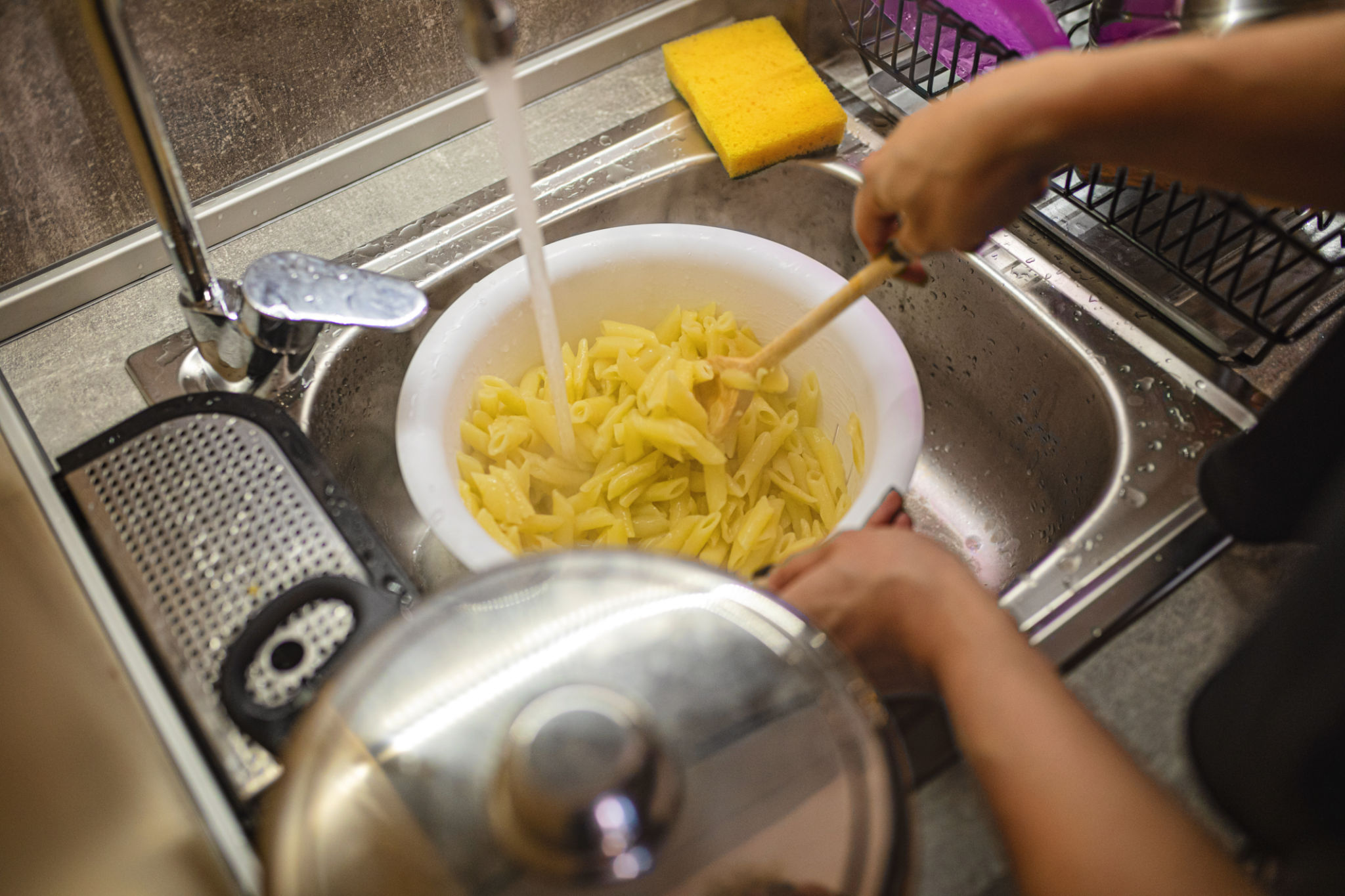Common Pasta Making Mistakes and How to Avoid Them
Overcooking the Pasta
One of the most common pasta-making mistakes is overcooking. Pasta should be cooked until it is al dente, meaning it should be firm to the bite. Overcooked pasta becomes mushy and loses its texture, which can ruin your dish.
To avoid this, always check the cooking time on the package and start tasting the pasta a couple of minutes before it's supposed to be done. Remember that pasta will continue to cook a bit after it's drained, so aim to remove it from the water just shy of perfect.

Not Using Enough Water
Pasta needs plenty of room to move around as it cooks, which means using a pot that's large enough and filling it with enough water. Using too little water can cause the pasta to stick together and cook unevenly.
A good rule of thumb is to use at least 4-6 quarts of water for every pound of pasta. Adding salt to the water enhances the flavor of the pasta as it cooks, so don't forget this important step.
Skipping the Salt
Another frequent mistake is skipping the salt when boiling pasta. Salt is crucial because it adds flavor to the pasta itself. If you wait to season pasta after it's cooked, it won't taste as good because the flavor won't penetrate the noodles.
Be generous with the salt in your pasta water—about 1-2 tablespoons per gallon. The water should taste like the sea; this ensures that your pasta will be perfectly seasoned from the inside out.

Rinsing the Pasta
Rinsing pasta after cooking is a common mistake that washes away the starches necessary for sauce adherence. These natural starches help sauces cling to the pasta, providing a more cohesive dish.
The only time rinsing is appropriate is when you plan to use the pasta in a cold dish, like a salad, or if you are not serving it immediately.
Adding Oil to the Water
Some people believe that adding oil to pasta water prevents sticking, but this is a myth. Oil can actually create a barrier that prevents sauces from sticking to pasta.
If sticking is an issue, simply stir the pasta frequently during cooking instead of adding oil. This will help keep your noodles separate and ready for saucing.

Ignoring Sauce and Pasta Pairing
Pasta shapes are designed to pair with specific types of sauces. Ignoring this can lead to an unbalanced dish where the sauce doesn't adhere properly to the pasta.
Choose tubular or ridged pasta for thicker sauces, while lighter sauces pair well with long, thin noodles. Understanding these pairings ensures your dish is both flavorful and visually appealing.
Not Saving Pasta Water
Pasta water is often referred to as "liquid gold" by chefs because of its starchy content. It can be used to adjust sauce consistency and helps sauces adhere better to pasta.
Before draining your pasta, reserve a cup of this water. Use it to thin out a sauce or help it cling better to your noodles, resulting in a more cohesive dish.

Too Much Sauce
While it might be tempting to drench your pasta in sauce, moderation is key. Too much sauce can overpower the delicate flavors of your pasta and make for an unappetizing dish.
A good guideline is to aim for a sauce-to-pasta ratio that allows each bite to have just enough sauce without drowning the noodles. This balance highlights both the sauce and the pasta, letting each shine in its own right.